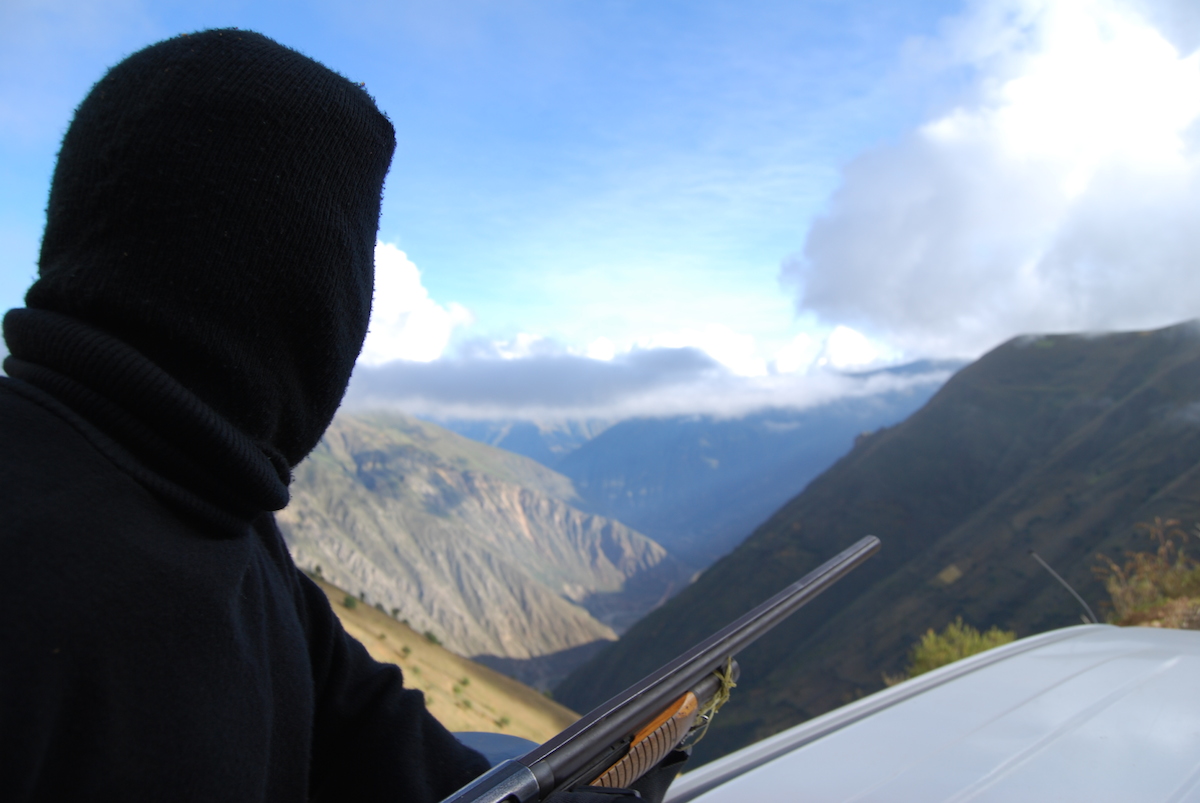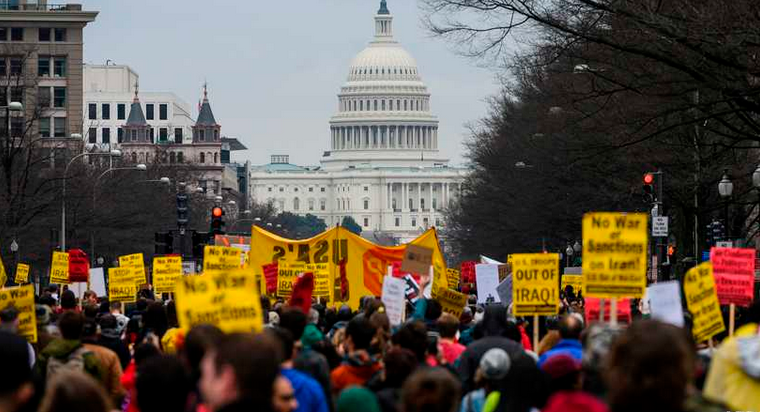By Oliver Kaplan and Andrew Bell for Denver Dialogues.
How can we influence armed actors to be less violent toward civilians during conflict? This is the central question of the new Roots of Restraint in War study published by the International Committee of the Red Cross (ICRC) and authored by ICRC staff Fiona Terry and Brian McQuinn, who synthesized the research findings of a small group of scholarly contributors (in which we were both honored to participate). An increasing number of conflict scholars are studying the topic of restraint (see the study’s ample reading list), but a central puzzle remains: although International Humanitarian Law (IHL; also referred to as the Laws of War) can promote restraint by clarifying standards of good conduct, many conflicts are still riven with violence against civilians and IHL violations.
With more and more decentralized armed actors in today’s conflicts, humanitarians have looked for new pathways for restraint. Our research group’s work began with conceptual debates, where we arrived at defining the concept of restraint as “deliberate actions to limit the use of violence.” In practical terms, this meant examining both violence and its absence, including demonstrating the counterfactuals of events that could have happened, but did not.
The study group also broadened the potential sources of restraint. Training on IHL, of course, remains critical, and it can be effective for centralized militaries and some centralized non-state groups. But where knowledge of IHL is lacking, or where centralized control structures are absent, such centralized training approaches can be limited. We therefore looked beyond rebel governance debates to consider how group decentralization and community ties open the door for leveraging local values and norms in addition to law. As the study argues, “Socialization is a more durable way of promoting restraint,” emphasizing informal norms in addition to formal norms, such as IHL.
The contributors studied different sources of restraint across a range of state and non-state and centralized and decentralized armed actors. One of us (Bell) surveyed military forces in the Philippines and Australia to understand how restraint is engendered through formal and informal socialization processes, including legal, ethical, and peer-based socialization mechanisms. Bell finds that “mixed training methods, combining IHL briefings, classroom discussions, case-study reviews and practical field exercises, are the most effective in inculcating norms of restraint in combatants.” Bell’s data also point to the importance of localized organizational norms—“army values”—and the norm of comradeship or brotherhood (known as “mateship” in the Australian Army), as well as the risks of “ethical breakdown” under contexts of combat duress. His survey experiments tested what proportion of a combatant’s peer group (25%, 50% or 75%) was needed to shift combatants’ support for hypothetical military operations that would result in heavy civilian casualties.
To examine “communities as a source of restraint,” one of us (Kaplan) deployed with an ICRC team to a Colombian region contested by the ELN rebel group and neo-paramilitary criminal bands (BACRIM) to understand how communities have influenced and nudged armed groups toward greater restraint. Kaplan also examined how the ICRC has used its influence to open up space for communities and supported their efforts to organize for their own protection.
Naomi Pendle studied the decentralized gelweng, titweng, and gojam armed cattle-keeping groups of Dinka and Nuer communities in South Sudan. She found that bull songs sung by the cattle keepers and the spiritual influences of ancestors and deities are used to promote norms of restraint. Tribal chiefs also enforced codes of conduct and warnings to allow women, children, and other non-combatants to flee. Pendle found one local set of values comes from wrestling: that “women, old men, and children were deemed too weak to partake in this noble sport,” a norm that could be adapted to the rules of armed conflict.
Francisco Gutiérrez Sanín compared FARC and ELN rebel group violence against civilians in Colombia. He finds that socialization structures and monitoring systems shape the conduct of these groups. Through interview accounts he found that the ELN ceased blowing up oil pipelines due to pressure from conservationists.
Yvan Guichaoua and Ferdaous Bouhlel studied the militant groups Ansar Dine and the Movement for Unicity and Jihad in West Africa (MUJAO) in Mali. Local business elites in Gao—Arab traders—established a council to negotiate with the armed groups occupying Gao to limit MUJAO violence. In Kidal, Ansar Dine’s greater restraint can be attributed to its community links and the moderating voice of the local sharia judges (qadis), who influenced it to avoid applying corporal punishment.
The Roots study and its focus on armed actor restraint represents a promising new paradigm and approach to reduce harm, going beyond even the standards of IHL. However, as the study admits, it has limitations and does not provide a fully controlled analysis that accounts for other group- or conflict-related factors or environmental factors. We feel the study also points to a rich agenda of additional questions: What does it mean to adopt norms of restraint and what are the challenges to socialization? How durable are these norms? And how effectively can humanitarians leverage these newly identified pathways to push for restraint?
To summarize, the report also offers some helpful policy recommendations:
- Although violence is headline-grabbing, armed actors are not as “chaotic or uncontrolled as often depicted.”
- Influencing armed actor behavior is possible, though differences across armed forces and armed groups argue against a one-size-fits-all approach. For instance, the sources of influence on more decentralized groups are more likely to be external to the group.
- Since armed actor behavior is “shaped by values, traditions and ideology, and communities,” deeper engagement with communities can provide a greater understanding of local viewpoints and values.
- By monitoring instances of restraint we can better learn how to encourage it.
In sum, this project represents a novel collaboration between the ICRC and external researchers, one that hopefully becomes a model for future exchanges of ideas and improved evidence-based policy.






